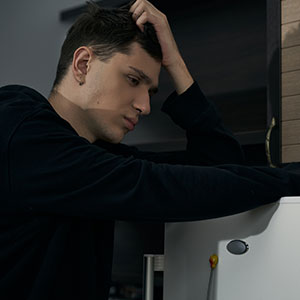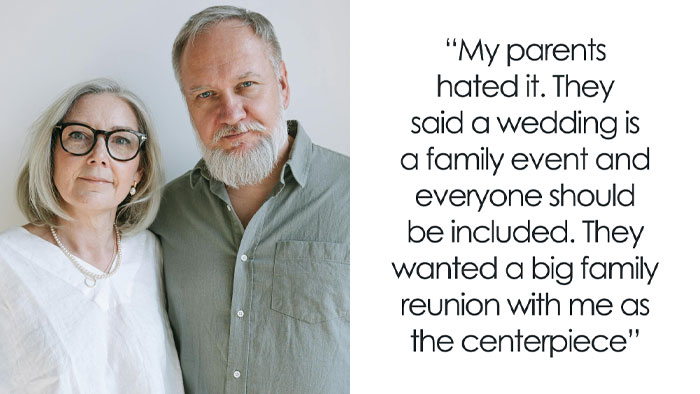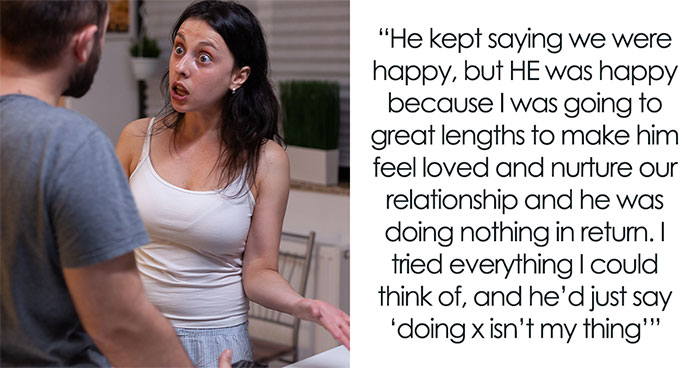Turns out, people are keeping their chickens warm in a much more stylish way than one might think. I'm talking crochet sweaters, colorful saddles, you know, the good stuff. And it's not like these things are hard to get. Everyone can find them on ETSY just like that. Designers have been appealing clothing for these feathery fashionistas for a while now, and they just started releasing their Fall collections.
This post may include affiliate links.
"Get me a mirror I need to see if this color of red matches my face."
Some people, however, say that sweaters, for example, might make a chicken colder. You see, one way that chickens regulate their body temperature is by fluffing their feathers. "They trap pockets of air in the downy layers of their under-feathers, which insulates them quite well," Daphne Cybele wrote.
I have a hard time telling c***s and hens apart in certain type of chickens. I’ve held a few c***s before and they’re usually a little lighter and harder to handle
But Maureen Schmidt, who lives in Kelowna, British Columbia, disagreed: "Without adequate feathering, they can get quite cold, especially if they drop their old feathers all at once." Schmidt's mother knitted quite a few warm garments for her daughter's chickens. She designed the sweaters to have an opening for the birds' heads and wings, and they button to secure to their bodies. Schmidt believes these sweaters don't restrict her chickens' movements and that the birds adjust to them quickly.
Erin Langston, the creator of online shop WhimsyofWillows has also heard the negative things people have been saying about chicken clothing. "I've heard the claims and they're just that, claims," Erin told Bored Panda. "I have never had any problems in the five years I've been using chicken sweaters. Chicken sweaters make people happy!" However, the woman said that chickens should always be supervised while wearing any type of clothing.
"You don't want your pet chickens to get injured so [their clothing should be something] that is easy to get on and get off. Chickens will outrun you."
So, she says above that chicken sweaters "make people happy". What about the fu**ing chickens? Who gives a rat's a*s if people are happy, Jesus
"You don't want your pet chickens to get injured so [their clothing should be something] that is easy to get on and get off. Chickens will outrun you."
Fuzzy Wuzzy had no hair, Fuzzy Wuzzy didn't care...oh, but this is not he...
Moreover, many rescue organizations use chicken sweaters. Mostly, when they're taking in battery hens, which are usually sold for slaughter when they start producing fewer eggs. These birds are often missing a lot of their feathers because of the cramped, stressful conditions they've lived in.
Haha! This comment made my day. It's the simple things... BAGOCK!
"The hens usually come out of farms quite bald and can be underweight,” said Miranda McPherson. She has knitted sweaters for England’s Little Hen Rescue. "They will soon fatten up and regain their feathers with the right care, but while they are waiting for their feathers to grow back, they can benefit from our knitted jumpers."
Oh my word. All my hens and roos have Harry Potter names. Imagine if they had sweaters with their names on them, or at least initials like Weasleys!
Imagine naming a chicken Fred, only for Fred to be killed for Sunday dinner. That happened to my mom
Load More Replies...These girls may become addicted to these nice cozy duds...so comfy and styling.
Silkies are the sweetest chickens. When they dip their heads to drink water they sometimes get the feathers on the top of their head wet. They then look at you as if to say, "Yeah, I know. I know."
Load More Replies...And gaaaaaaaaaaaay and i pity any girl who doesn't todaaaaaaaaaay (dont hate me if i got the lyrics wrong)
Load More Replies...Blends right in. You have to look so hard to find the chicken.
Load More Replies...Bold colors and styling...even a rooster (?) enjoys a fashion statement.
😍 I am sooo excited to see my creation listed here!! I am just tickled ♥️ Thank you Joyce Buckley - I appreciate your kind words XOXO
I am honored to be on this list!!! I'm so excited!! And, thank you Joyce Buckley ♥️
They'll try anything at least once. They'll fight over a piece of mulch if they think it will taste good. Lol
Load More Replies...All the chickens can pull the sweaters of better than i ever could. Wtf is ma life
Chicken are smart birds, I don't think they are into fashion, though. What they need is lots of good grains and TLC.
Where can I get these patterns fo me to make some for my granddaughter Kalina's chickens?altheavpc@gmail.com
No sweaters are needed for birds! If they're sick then they can be looked after with heat lamps or if they have dropped too many feathers than a temporary jumper might make sense but for the rest? No. Animals are generally well equipped for the weather on their own and putting clothing on them might make it harder for them to regulate their own temperature.
Heat lamps are deadly and start many house, coop, and barn fires a year. If you need to warm small animals use something built for that reason and safe. Even a 75 watt bulb in a draft free area will produce enough warmth for any recovering animal. Leave heat lamps for the large animal caretakers who know how to use them.
Load More Replies...For sure! Unless there's a compelling (medical) reason to dress an animal, it should be left alone.
Everybody needs to calm down. It's just cute fun, it's not like it HURTS the chicken. Sure, they may not LOVE it at first, but it can help keep them warm and it's not that big of a deal. It's not like animal abuse.
Load More Replies...So cool and cute...makes me miss my house rooster, Jarvis Cocker. I raised him inside my house since the day he hatched (his mom rejected him); my cats totally got along with him...although they would jump a little when he’d sneak up behind them and crow. For the most part, I had him house trained pretty good
Not even my dog lets me dress her. She destroys the place whenever I put something on her
I don't think they appreciate being unable to groom their backs and bellies. Also feathers that grow out underneath the sweaters and old ones that fall out underneath would be itchy! My birds wouldn't rest until they'd be rid of these unwanted garments.
Some kinda cute, but animals are not toys !!! Maybe the sweaters have a logic if a chicken have lost her/his feathers for some reason and have to stay warm, but the hats? No way ! I believe that could harm the chicken.
How? These chickens aren't LIVING in the hat. Maybe for photos, but that's it. And if you're worried they could strangle themselves with the pompoms, I assure you, there's somebody behind the camera supervising them.
Load More Replies...No sweaters are needed for birds! If they're sick then they can be looked after with heat lamps or if they have dropped too many feathers than a temporary jumper might make sense but for the rest? No. Animals are generally well equipped for the weather on their own and putting clothing on them might make it harder for them to regulate their own temperature.
Heat lamps are deadly and start many house, coop, and barn fires a year. If you need to warm small animals use something built for that reason and safe. Even a 75 watt bulb in a draft free area will produce enough warmth for any recovering animal. Leave heat lamps for the large animal caretakers who know how to use them.
Load More Replies...For sure! Unless there's a compelling (medical) reason to dress an animal, it should be left alone.
Everybody needs to calm down. It's just cute fun, it's not like it HURTS the chicken. Sure, they may not LOVE it at first, but it can help keep them warm and it's not that big of a deal. It's not like animal abuse.
Load More Replies...So cool and cute...makes me miss my house rooster, Jarvis Cocker. I raised him inside my house since the day he hatched (his mom rejected him); my cats totally got along with him...although they would jump a little when he’d sneak up behind them and crow. For the most part, I had him house trained pretty good
Not even my dog lets me dress her. She destroys the place whenever I put something on her
I don't think they appreciate being unable to groom their backs and bellies. Also feathers that grow out underneath the sweaters and old ones that fall out underneath would be itchy! My birds wouldn't rest until they'd be rid of these unwanted garments.
Some kinda cute, but animals are not toys !!! Maybe the sweaters have a logic if a chicken have lost her/his feathers for some reason and have to stay warm, but the hats? No way ! I believe that could harm the chicken.
How? These chickens aren't LIVING in the hat. Maybe for photos, but that's it. And if you're worried they could strangle themselves with the pompoms, I assure you, there's somebody behind the camera supervising them.
Load More Replies...
 Dark Mode
Dark Mode 

 No fees, cancel anytime
No fees, cancel anytime 


















































































































